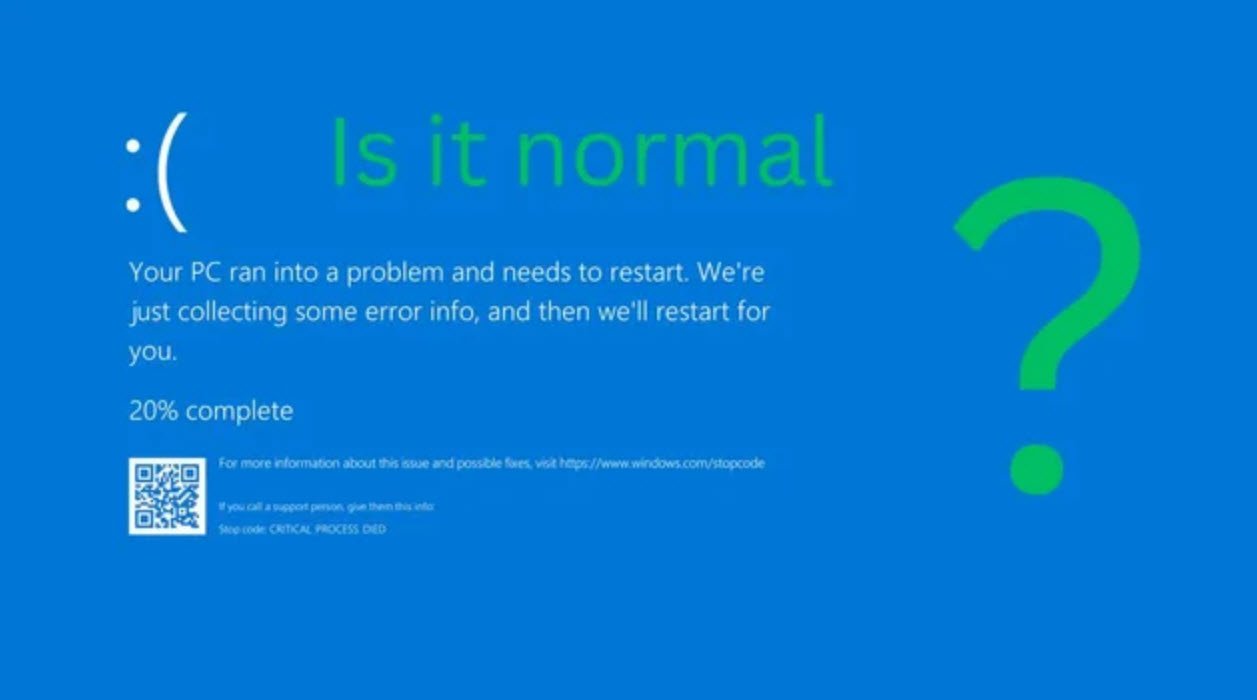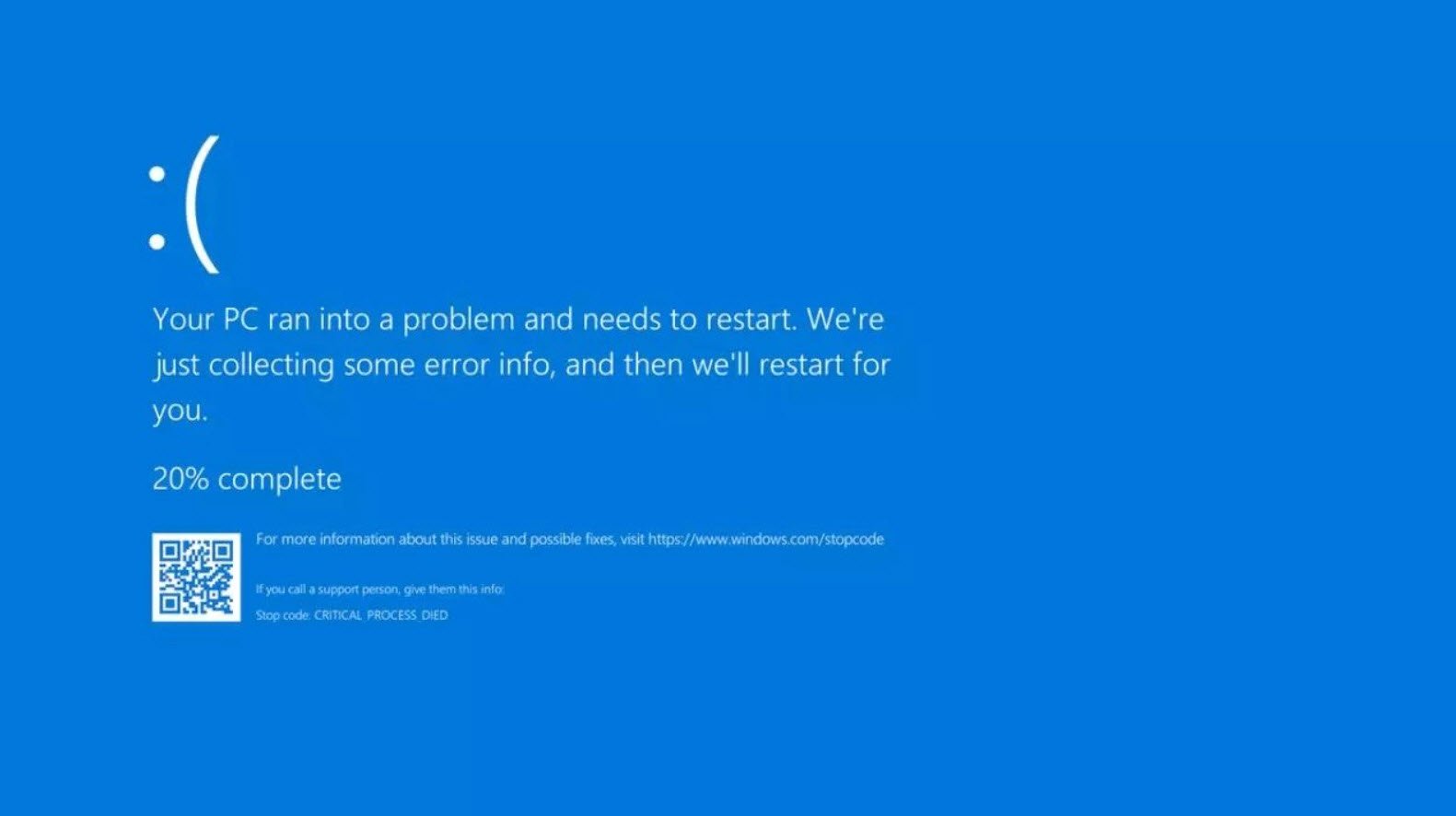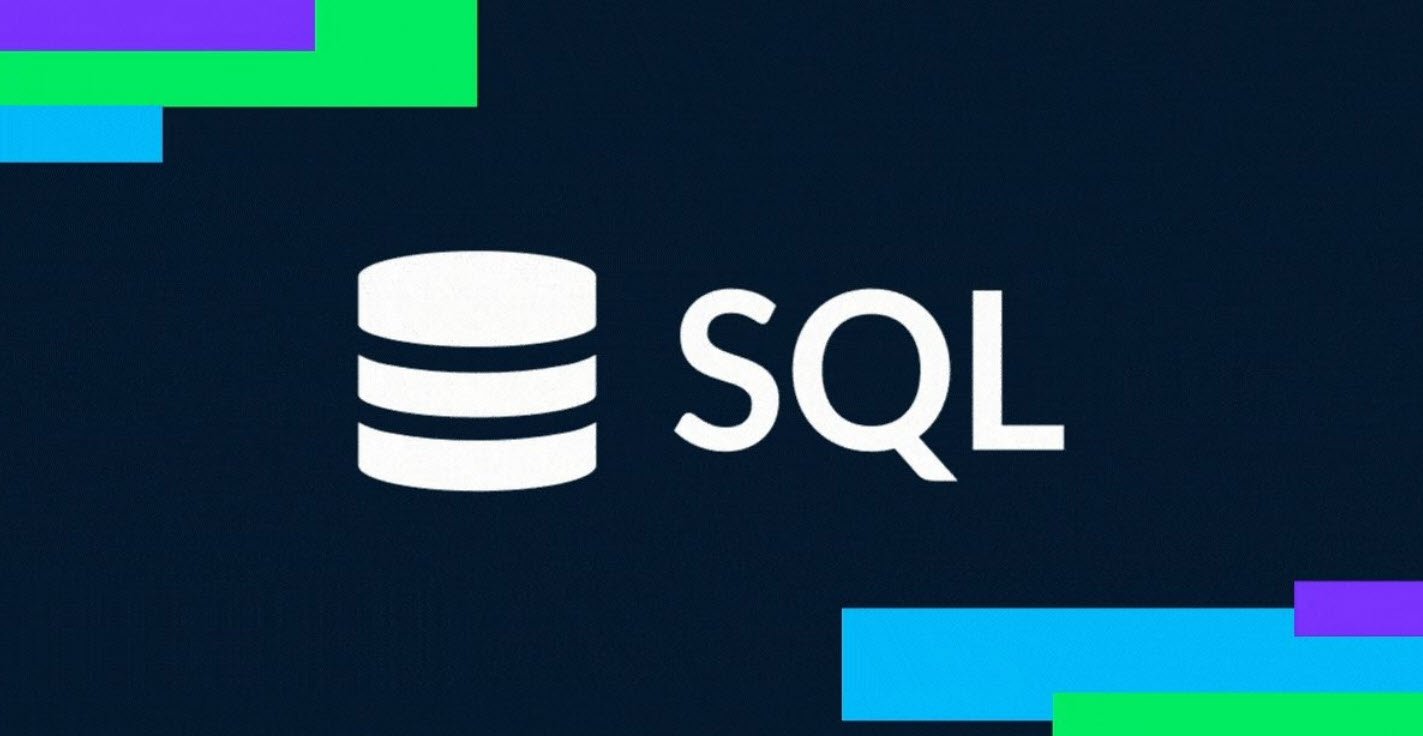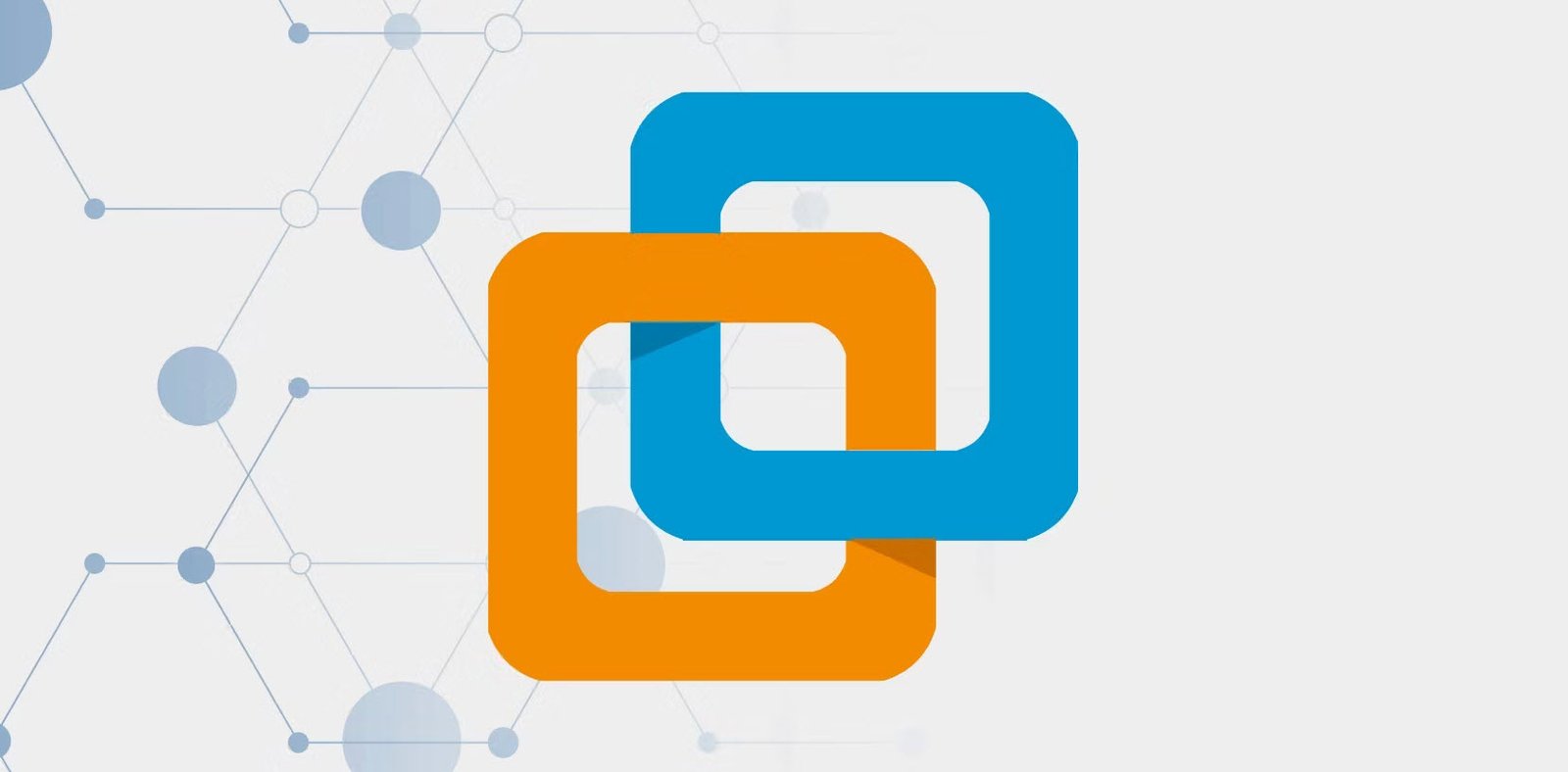
In the intricate realm of cybersecurity, the propagation of computer viruses is a nefarious act that can wreak havoc on individuals, businesses, and organizations. The motives behind spreading these malicious programs can vary widely, ranging from mischievous pranks to financially-motivated cybercrimes.
In this article, we will explore the diverse objectives that drive individuals to spread computer viruses, shedding light on the potential consequences of these actions and the importance of robust cybersecurity measures.
- Amusement, Fun, and Prank
- Altering Computer Functioning
- Corrupting Data Files on Computers
- Stealing Credentials
- Sending Spamming Emails from Your Computer
- Erasing Valuable Data
- Damaging Hard Drives
- Other Malicious Intentions
1. Amusement, Fun, and Prank
For some individuals, the objective behind spreading a virus is rooted in amusement, fun, and a desire to play pranks on unsuspecting victims. These individuals may derive a sense of satisfaction from disrupting others’ digital experiences, causing confusion, frustration, and even fear.
2. Altering Computer Functioning
Some virus creators seek to alter the normal functioning of a computer system for the sake of experimentation or curiosity. These viruses may introduce changes to system settings, appearance, or behavior, often resulting in an unstable or unreliable computing environment.
3. Corrupting Data Files on Computers
Viruses designed to corrupt data files are often intended to cause chaos and hinder users’ ability to access or utilize their information. This objective can lead to data loss, compromised business operations, and significant disruptions to personal and professional activities.
4. Stealing Credentials
Cybercriminals with a more malicious intent may aim to steal sensitive information, such as usernames, passwords, and financial credentials. By infecting computers with keyloggers or spyware, these attackers can gain unauthorized access to accounts, perpetrate identity theft, or carry out financial fraud.
5. Sending Spamming Emails from Your Computer
Some viruses are programmed to turn infected computers into “zombie” machines that can be remotely controlled by hackers. These compromised machines can be used to send out massive volumes of spam emails, often promoting scams, phishing attacks, or distributing malware to unsuspecting recipients.
6. Erasing Valuable Data
For cybercriminals seeking to cause significant harm, the objective may involve intentionally erasing valuable data from infected systems. This act of digital vandalism can lead to irreparable losses for individuals and organizations, especially if backups are not readily available.
7. Damaging Hard Drives
The deliberate destruction of hard drives is a more extreme objective behind spreading viruses. Attackers may craft viruses that target the hardware components of a computer, including the hard drive, rendering the system inoperable and causing irrecoverable data loss.
8. Other Malicious Intentions
The motives behind spreading viruses are not limited to the objectives mentioned above. Some individuals may seek personal gain through extortion or ransom demands, while others may aim to disrupt critical infrastructure, compromise national security, or advance political agendas.
Conclusion
Understanding the multifaceted objectives behind spreading computer viruses underscores the importance of cybersecurity awareness and preparedness. Vigilance and proactive measures are essential for safeguarding personal data, sensitive information, and the stability of digital systems.
Whether driven by amusement, financial gain, or malicious intent, virus propagation poses a serious threat to the digital ecosystem. By fostering a culture of cybersecurity awareness, individuals and organizations can collectively contribute to a safer online environment, minimizing the impact of viruses and ensuring the integrity of digital interactions.
You may also like:- How To Fix the Crowdstrike/BSOD Issue in Microsoft Windows
- MICROSOFT is Down Worldwide – Read Full Story
- Windows Showing Blue Screen Of Death Error? Here’s How You Can Fix It
- A Guide to SQL Operations: Selecting, Inserting, Updating, Deleting, Grouping, Ordering, Joining, and Using UNION
- Top 10 Most Common Software Vulnerabilities
- Essential Log Types for Effective SIEM Deployment
- How to Fix the VMware Workstation Error: “Unable to open kernel device ‘.\VMCIDev\VMX'”
- Top 3 Process Monitoring Tools for Malware Analysis
- CVE-2024-6387 – Critical OpenSSH Unauthenticated RCE Flaw ‘regreSSHion’ Exposes Millions of Linux Systems
- 22 Most Widely Used Testing Tools








